- Description
-
Details
Unlocking the Future of Education: Exploring the Features of a Smart Classroom
In today's rapidly evolving technological landscape, traditional classrooms are undergoing a significant transformation. The integration of technology into education has given rise to "smart classrooms," which are designed to enhance the learning experience, foster engagement, and prepare students for the challenges of the digital age. In this article, we will delve into the features of a smart classroom, showcasing how technology is revolutionizing education.
1. Interactive Whiteboards
One of the cornerstones of a smart classroom is the interactive whiteboard. These large touch-sensitive displays replace traditional chalkboards or whiteboards, allowing educators to write, draw, and interact with digital content. Interactive whiteboards facilitate dynamic presentations, engaging students through multimedia elements, and enabling real-time collaboration.
2. Audio-Visual Systems
Smart classrooms are equipped with advanced audio-visual systems that include high-quality projectors, surround sound speakers, and microphones. These systems enhance the clarity of presentations, making it easier for students to grasp complex concepts through visual and auditory aids.
3. Wireless Connectivity
Seamless connectivity is crucial in a smart classroom. Robust Wi-Fi networks enable students and teachers to access online resources, conduct research, and collaborate on projects. This connectivity also facilitates remote learning, allowing students to participate in lessons from anywhere with an internet connection.
4. Digital Content
Smart classrooms leverage digital content, including e-books, interactive simulations, and educational apps. Teachers can access a vast repository of online resources to supplement their lessons, making learning more engaging and relevant.
5. Cloud-Based Storage
Cloud-based storage solutions enable students and educators to store, access, and share educational materials securely. This feature simplifies collaboration and ensures that essential resources are always accessible, regardless of the device being used.
6. Video Conferencing
Video conferencing tools have become indispensable in smart classrooms. They facilitate guest lectures from experts worldwide, virtual field trips, and collaboration with students from other regions. These tools broaden students' horizons and provide real-world exposure.
7. Learning Management Systems (LMS)
Smart classrooms often integrate Learning Management Systems, which serve as centralized platforms for course materials, assignments, grades, and communication. LMS platforms promote organization and streamline the learning process.
8. Student Response Systems
Student response systems, such as clickers or mobile apps, enable real-time assessment of student understanding. Teachers can pose questions, and students can respond instantly, providing valuable feedback for adjusting instruction.
9. Adaptive Learning Platforms
Adaptive learning platforms use artificial intelligence to tailor instruction to each student's unique needs. These systems analyze students' performance and adjust the difficulty and pace of content accordingly, maximizing learning outcomes.
10. Augmented and Virtual Reality
Augmented Reality (AR) and Virtual Reality (VR) technologies provide immersive learning experiences. Students can explore historical sites, dissect virtual organisms, or simulate complex scientific experiments, enhancing their understanding of abstract concepts.
11. Security Systems
Security is a paramount concern in smart classrooms. Access control systems, surveillance cameras, and data encryption measures are implemented to safeguard both physical and digital assets.
12. Energy Efficiency
Smart classrooms incorporate energy-efficient lighting and HVAC systems, reducing operational costs and minimizing their environmental footprint. Smart sensors help optimize energy usage based on occupancy and environmental conditions.
13. Assistive Technologies
Inclusive education is a fundamental principle of smart classrooms. These environments are equipped with assistive technologies, such as screen readers and captioning tools, to accommodate students with disabilities.
14. Gamification
Gamification elements are integrated into smart classrooms to make learning more engaging. Points, badges, and leaderboards motivate students to participate actively and excel in their studies.
15. Data Analytics
Data analytics tools collect and analyze student performance data, helping educators identify areas where students may need additional support. These insights enable personalized instruction and early intervention.
16. Remote Monitoring and Support
Smart classrooms can be remotely monitored and managed, allowing IT staff to address technical issues promptly. This ensures minimal disruptions to the learning process.
17. Sustainability Initiatives
Many smart classrooms incorporate sustainable design principles, using eco-friendly materials and energy-efficient technologies. This not only reduces the environmental impact but also serves as a valuable educational example.
18. Customization Options
Smart classroom setups can be customized to suit the specific needs and preferences of educators and institutions. This flexibility ensures that technology enhances the teaching and learning experience in a way that aligns with educational goals.
19. Teacher Training and Support
To fully leverage the potential of smart classrooms, teachers receive training and ongoing support. Professional development programs ensure educators can effectively integrate technology into their teaching methods.
20. Future-Proofing
Smart classrooms are designed with scalability and adaptability in mind. They are equipped to embrace future advancements in technology, ensuring that educational facilities remain up-to-date and relevant.
In conclusion, the features of a smart classroom are designed to create an immersive, interactive, and inclusive learning environment. These technologies empower educators to engage students more effectively and prepare them for the demands of a digital world. As technology continues to evolve, so too will the capabilities of smart classrooms, promising an exciting future for education.
Smart Classroom Images
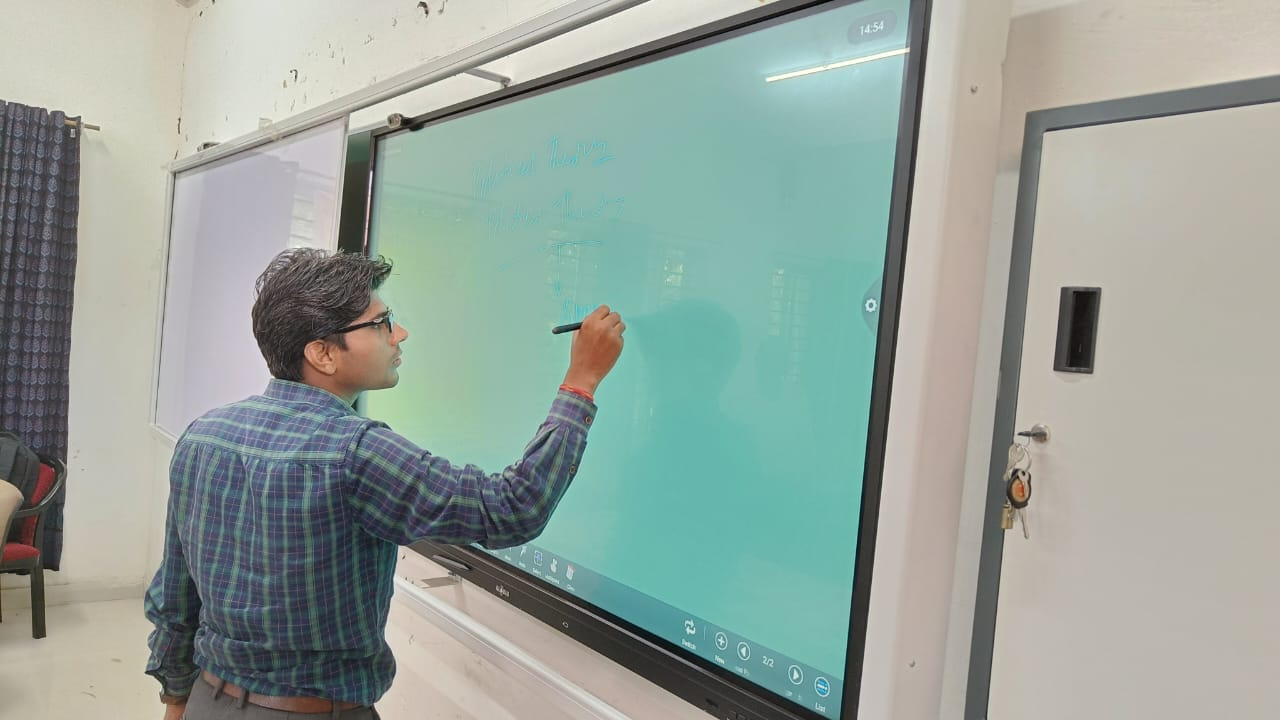
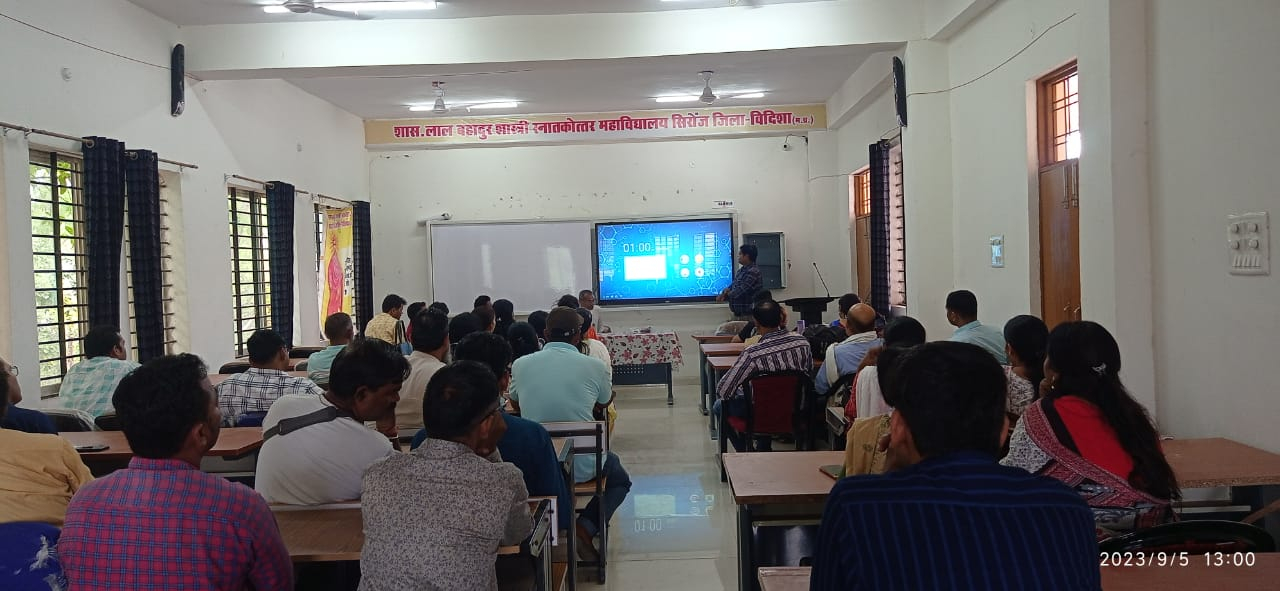
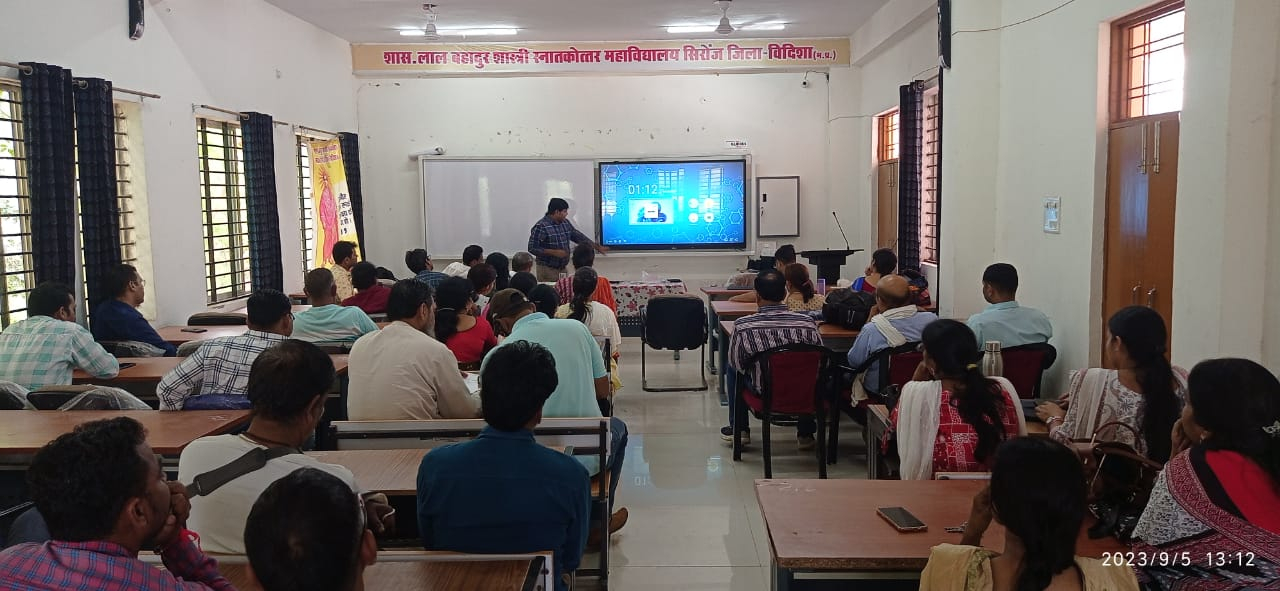
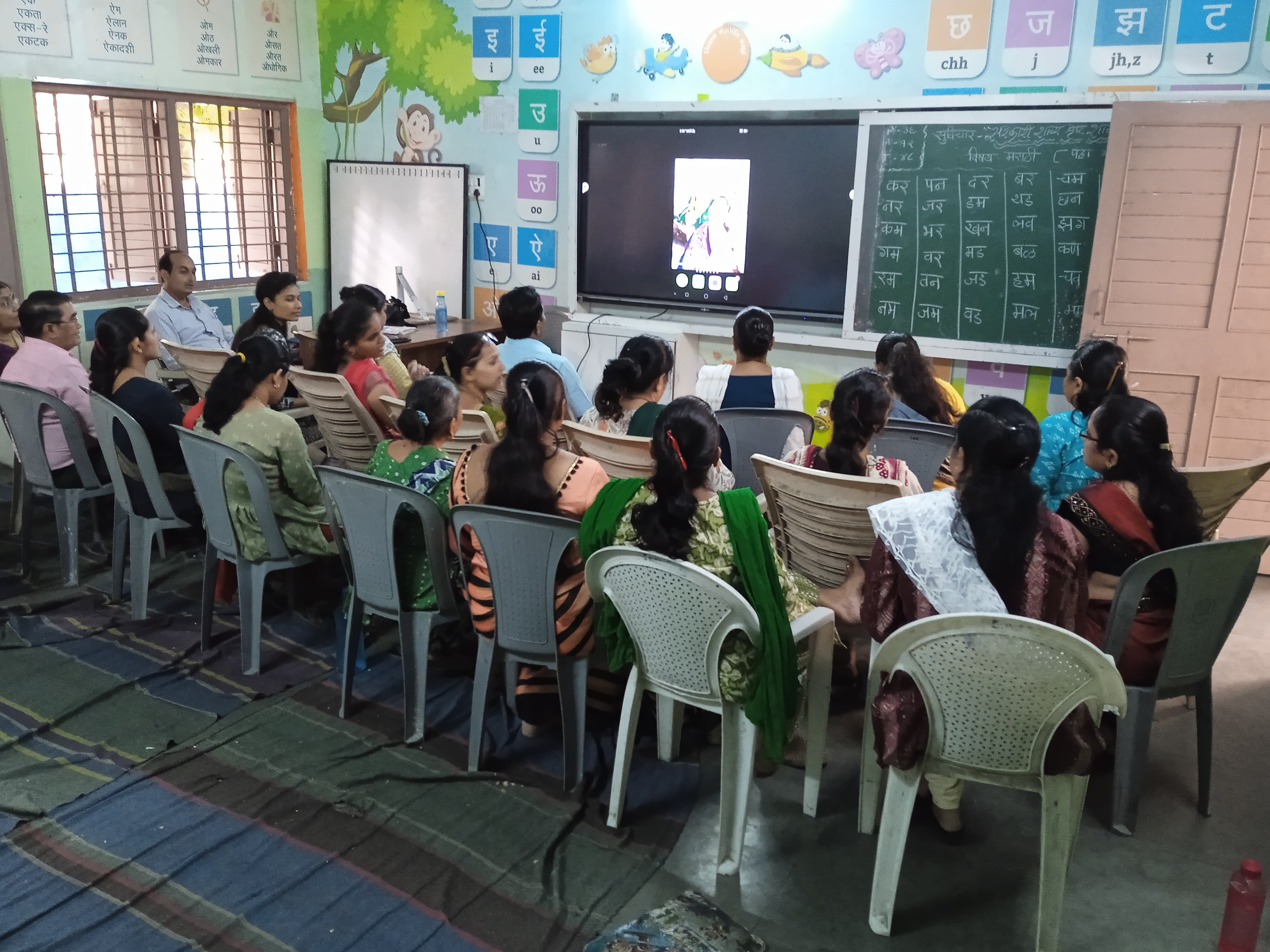
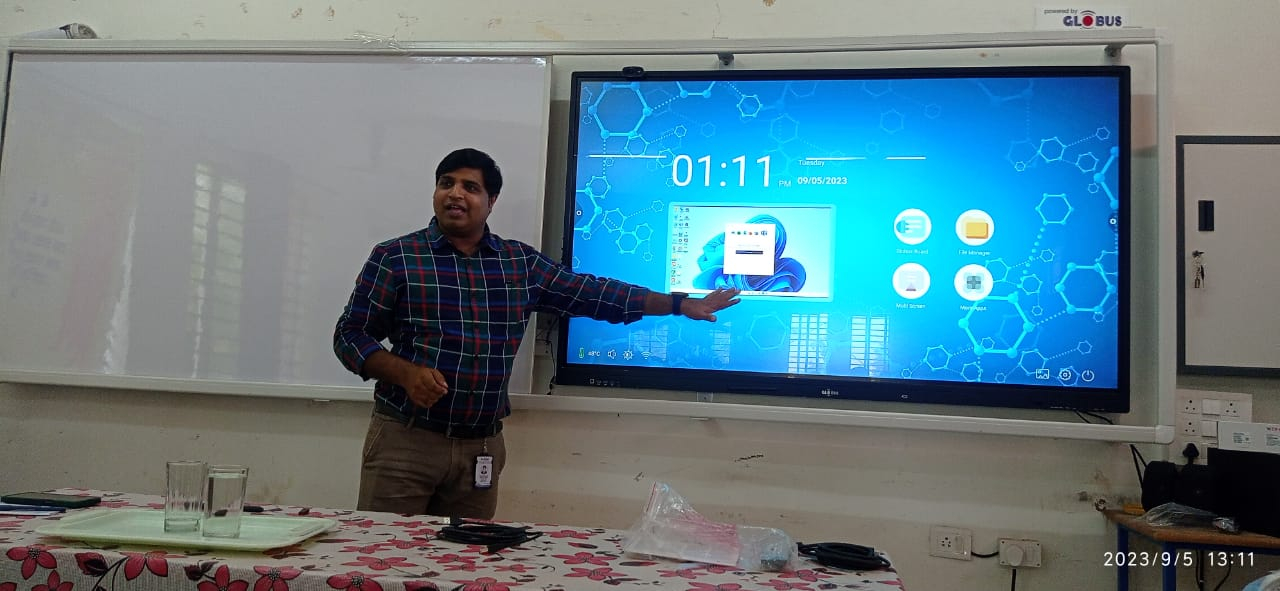
- Reviews
-
Default welcome msg!

